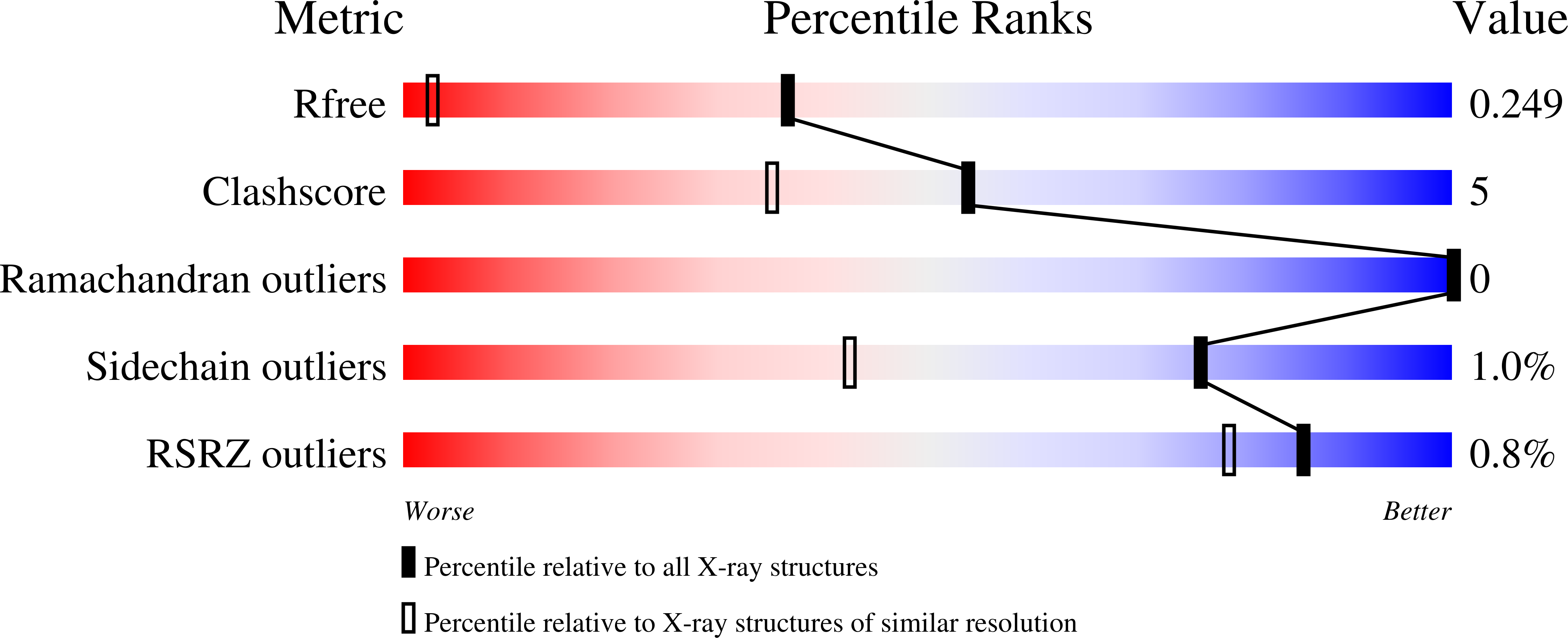
Deposition Date
2024-01-11
Release Date
2024-01-24
Last Version Date
2024-10-16
Entry Detail
PDB ID:
8RNX
Keywords:
Title:
Hen Egg White Lysozyme soaked with [HIsq][trans-RuCl4(DMSO)(Isq)]
Biological Source:
Source Organism:
Gallus gallus (Taxon ID: 9031)
Host Organism:
Method Details:
Experimental Method:
Resolution:
1.25 Å
R-Value Free:
0.24
R-Value Work:
0.22
R-Value Observed:
0.22
Space Group:
P 43 21 2


